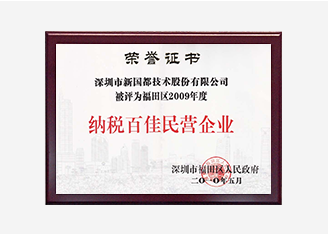In recent years, a new method of anti-tumor therapy has emerged in European and American countries, namely neoadjuvant cell immunotherapy, which is created to improve the drawbacks and limitations of neoadjuvant chemotherapy. The current clinical trials are progressing smoothly. The so-called neoadjuvant cell immunotherapy refers to the cellular immunotherapy given to tumor patients before and after surgical removal of the tumor lesions to reduce the lesions, limit tumor cell metastasis, kill tumor cells, and eliminate remaining small tumor lesions after surgery, and improve The patient's immune function.
The most terrifying aspect of malignant tumors is recurrence and metastasis. Although surgical treatment can remove most tumor lesions, the probability of completely removing tumor cells is very low, which buried the root of tumor recurrence. In recent years, tumor research has continuously achieved significant results. One of them is the discovery that the small tumor lesions remaining after surgical treatment are usually more aggressive in order to maintain their microenvironment or ecological balance, regardless of the tumor cell growth rate or metastasis ability. Get stronger. That is to become more "bad". Studies have also shown that in the perioperative period after surgical treatment, that is, during the healing period of the patient’s wounds caused by the operation, usually 4 weeks, the remaining tumor cells "become very smart" and use the traumatic surgery on the patient’s body As a result, the chances of the body's immune function decline are often "unbridled" growth and transfer.
Therefore, there is now a consensus that interventional treatment should be carried out as soon as possible for cancer patients after surgery. This is the key to preventing tumor recurrence. However, many cancer patients cannot receive chemotherapy before surgery. Even worse, chemotherapy is contraindicated in the perioperative period. The side effects are not obvious. ACTL anti-tumor targeted cellular immunotherapy (ACTL therapy for short), which can kill tumor cells while enhancing the patient's immune function (referred to as "ACTL therapy"), does not have this contraindication and can exert unique advantages. The following figure compares the clinical observation results of patients with non-small cell lung adenocarcinoma who received and did not receive ACTL treatment during the perioperative period.
Experimental group: received ACTL treatment during the perioperative period. Once a week, 4 times in total. Then receive conventional treatment. Only 1 relapsed 12 months after the operation.
Control group: 16 patients who did not receive ACTL treatment after the operation, and received conventional treatment after the perioperative period of about 4 weeks. Ten patients relapsed 12 months after the operation.
According to the above clinical observation results, neoadjuvant cell immunotherapy with ACTL treatment technology can significantly reduce the recurrence rate of non-small cell lung adenocarcinoma.
How to prevent tumor recurrence is the key to tumor treatment, and the social and economic costs of taking measures to prevent tumor recurrence are far lower than tumor treatment after recurrence. This is also the consensus of the international tumor community. Therefore, ACTL treatment technology plays a unique advantage in neoadjuvant cell immunotherapy. In addition, in order to maintain the non-recurring state of tumor patients, it is impossible to perform radiotherapy or chemotherapy on the patients for a long time, and the ACTL treatment technology can also exert its unique advantages to maintain the non-recurring state.
